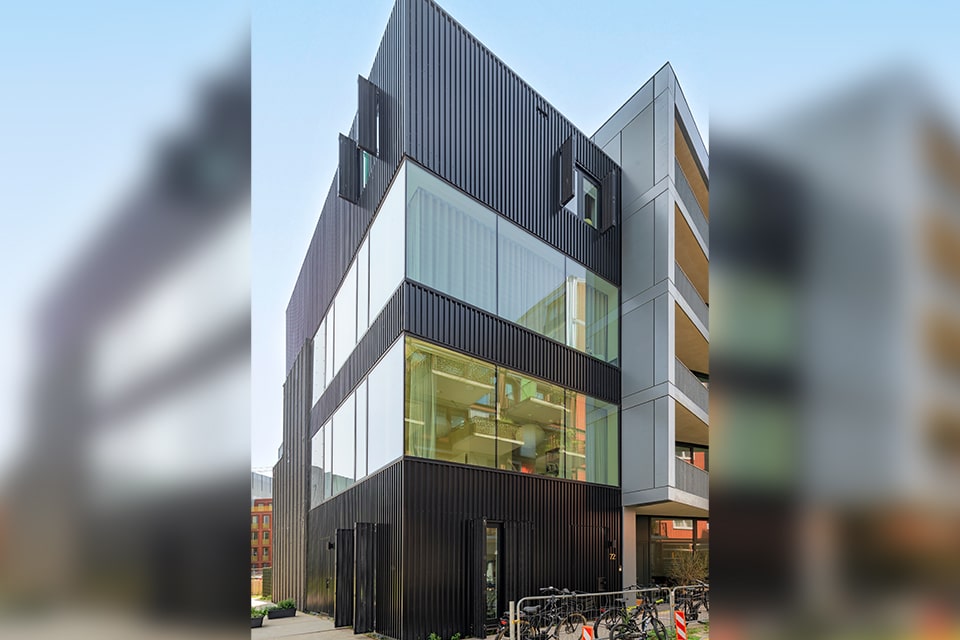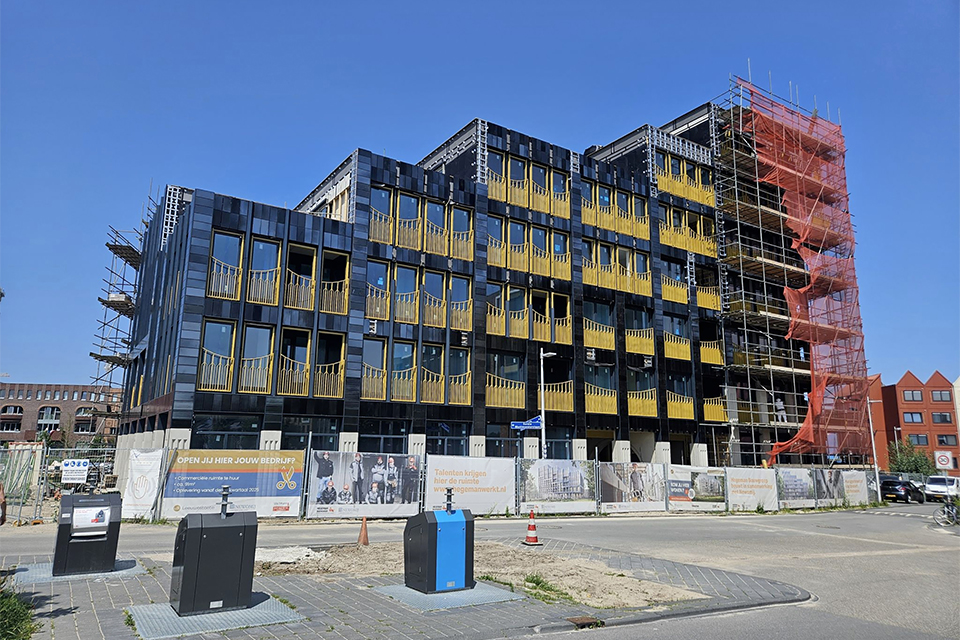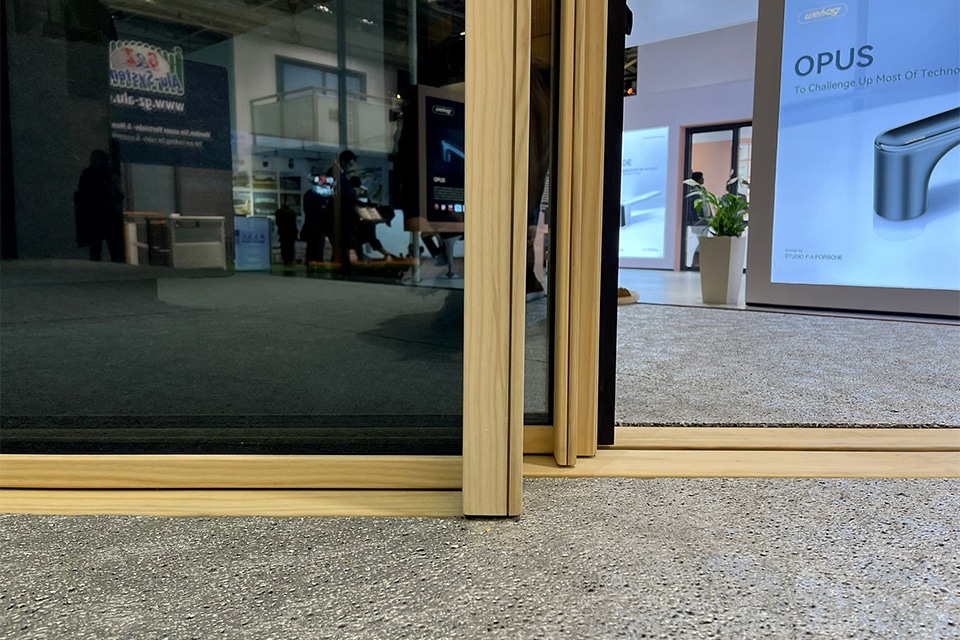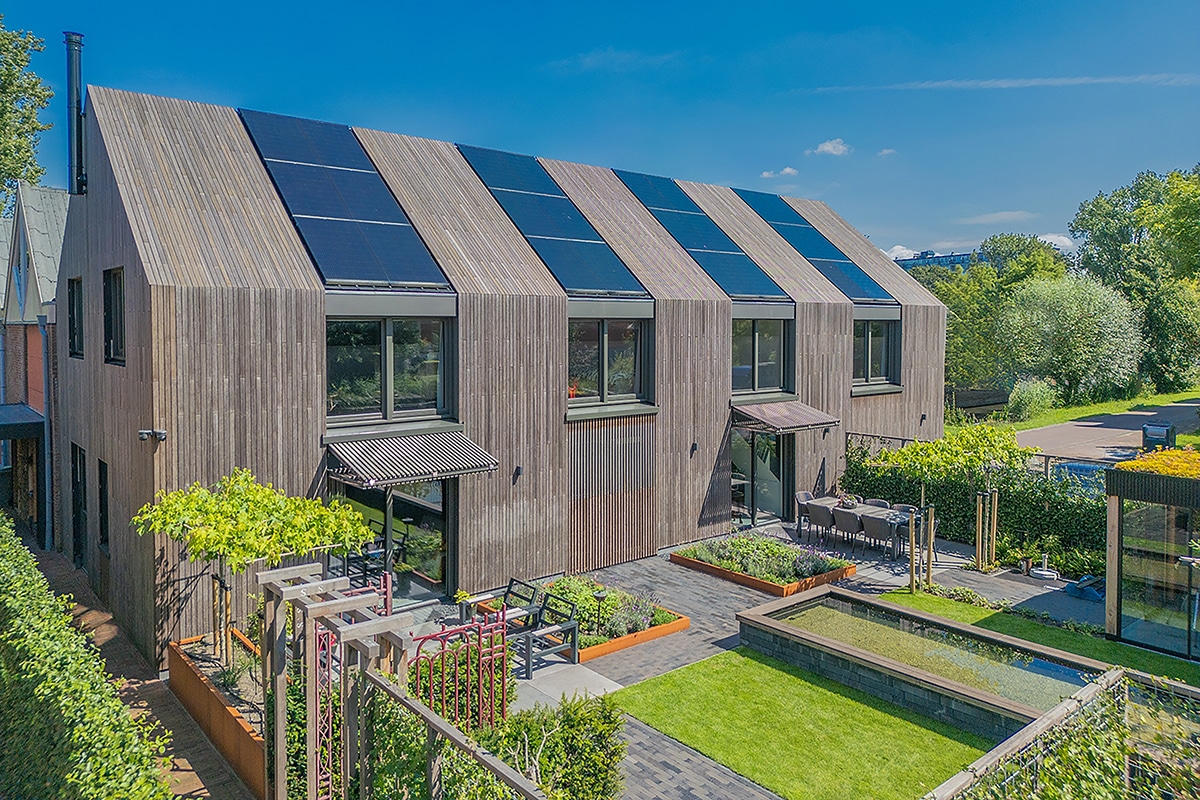
Call to architects: there is still much to be gained in building Holland
If you can professionally scan about a quarter of all building projects in the Netherlands for structural feasibility and the cost price thereof while also subjecting efficiency and return to a study, then you have every right to speak.
Johan Oltvoort, director/owner at Olcas in Lochem is a firm believer that there is still considerable room for improvement in the Netherlands. "With all those scans, we still see far too many differences between the original drawings, the specifications and the final calculations," he says. "So governing is looking ahead."

Oltvoort is an ardent advocate of building with precast concrete, specifically for residential building shells. "By clustering the process of consulting, pricing, engineering and logistics, there is already a lot to be gained. So taking control starts at the beginning. The foresight should be there. In other words: it's the architect's turn."
"Because, does he know that there are unprecedented benefits with prefabricated construction, such as shortening construction time, placing production in an environment where quality is actually guaranteed, being able to bring work preparation forward ('To govern is to foresee!'), being able to better control feasibility in the preliminary stage and achieving more revenue for the construction company while at the same time not having to deploy more FTE!"

Concrete is preferred
"It's the message we preach every time," says the visibly driven Oltvoort. "But then we're not there yet, because of course a shell of concrete forms the basis for the rest. For example, you can incorporate the installation pipes into the walls in advance. Concrete also has a heat buffering property. For this reason alone, concrete is more efficient than wood. Concrete can be made thermally active, both for heating and cooling. Concrete also has a longer lifespan."
In addition, Oltvoort believes it is a good idea to opt for separation in the floor of the structure and the installations. After all, concrete itself has a much longer lifespan than the installations. Because of this separation you can - if necessary - only replace the installation layer. You do not have to do anything to the construction layer of the concrete. In other words, sustainable! It also saves time for the installer.
"Furthermore, concrete has good sound insulation due to its mass. With concrete, because of good design, you don't need lintels and beams. And, with a concrete shell you are working with one structural material. Concrete everywhere. This means that the coefficient of expansion has the same values at every location in the shell; the chance of cracks is reduced."

Challenge
Oltvoort therefore challenges the architects of the Netherlands to knock on his door immediately in the preliminary stages of a new project. "Before you go to a contractor with all your drawings and plans, it's a good idea to have all the work done scrutinized," he concludes. "I am 100% convinced that there are a lot of gains to be made there. I am also sure that after such a scan every architect concludes that 'building can indeed be easier.'




